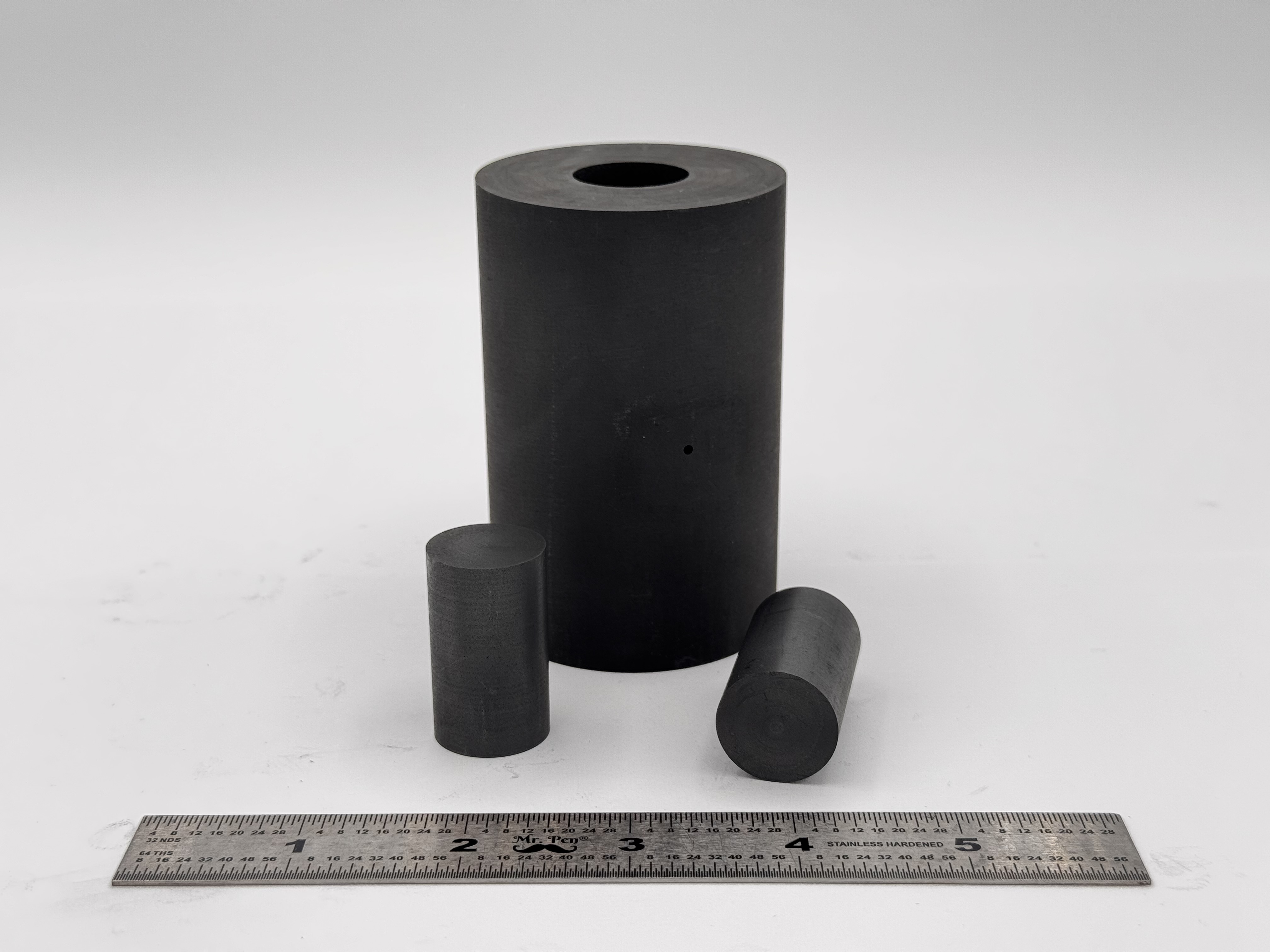Tungsten Carbide Tooling: The Cutting Edge of Precision
Tungsten carbide tooling is a revolutionary material used in various industries for cutting, shaping, and machining operations. It has earned a reputation for being one of the most durable and versatile materials in the realm of precision engineering.
Composition
Tungsten carbide, often abbreviated as WC, is a composite material comprising tungsten (W) and carbon (C) atoms. It is known for its exceptional hardness and resistance to wear, making it an ideal choice for tooling applications. Tungsten carbide can be produced in various grades, depending on the desired characteristics. Common additives like cobalt (Co), nickel (Ni), and titanium (Ti) are used to tailor its properties.
Manufacturing Process
The production of tungsten carbide tooling involves several intricate steps:
- Powder Preparation: The process begins with the preparation of tungsten and carbon powders. Tungsten powder is typically obtained by reducing tungsten oxide, while carbon powder can be derived from sources like graphite.
- Blending: The tungsten and carbon powders are blended in precise proportions to achieve the desired composition. Depending on the application, other additives may be introduced at this stage.
- Compaction: The blended powder is pressed into the desired shape using hydraulic presses. This results in a green compact, which is still porous and fragile.
- Sintering: The green compact is subjected to sintering in a high-temperature furnace (usually over 2,000 degrees Celsius) in the presence of a binder, often cobalt. During this process, the particles coalesce, creating a dense, hard, and wear-resistant material.
- Machining: Once the tungsten carbide material has been sintered, it is machined into the final tooling shape using precision grinding and cutting techniques. The quality of the machining process is critical in determining the tool's performance.
Applications
Tungsten carbide tooling finds applications in a wide range of industries, including:
- Metalworking: Tungsten carbide inserts, drills, end mills, and cutting tools are commonly used in machining operations for cutting, milling, and drilling metals.
- Woodworking: Woodworkers employ tungsten carbide-tipped saw blades and router bits to cut and shape wood with precision.
- Mining and Construction: Rock drilling and excavation tools are often made of tungsten carbide due to their superior wear resistance.
- Aerospace: Tungsten carbide tooling is used for machining aircraft components, where precision and durability are crucial.
- Automotive: Carbide inserts and tooling are used for manufacturing engine parts and components.
Advantages
Tungsten carbide tooling offers several key advantages:
- Exceptional Hardness: Tungsten carbide is one of the hardest materials available, ensuring long-lasting sharpness and durability.
- Wear Resistance: Its resistance to wear and abrasion makes it suitable for high-stress applications.
- Heat Resistance: Tungsten carbide retains its hardness even at high temperatures, reducing the risk of deformation during machining.
- Precision: Its high dimensional stability and sharp cutting edges enable precise and consistent machining.
- Extended Tool Life: Tungsten carbide tools require less frequent replacement, reducing downtime and production costs.
Conclusion
Tungsten carbide tooling has revolutionized the world of precision engineering with its remarkable hardness, wear resistance, and versatility. From metalworking to woodworking and aerospace to mining, it plays a vital role in various industries, ensuring precise and efficient machining processes. Understanding the composition, manufacturing process, applications, and advantages of tungsten carbide tooling underscores its importance as a cutting-edge material in modern manufacturing and engineering.
 High Strength SPS Graphite Tooling
High Strength SPS Graphite Tooling Tungsten Carbide Tooling
Tungsten Carbide Tooling Carbon Graphite Foil / Paper
Carbon Graphite Foil / Paper Carbon Felt and Yarn
Carbon Felt and Yarn Spark Plasma Sintering Systems
Spark Plasma Sintering Systems SPS/FAST Modeling Software
SPS/FAST Modeling Software